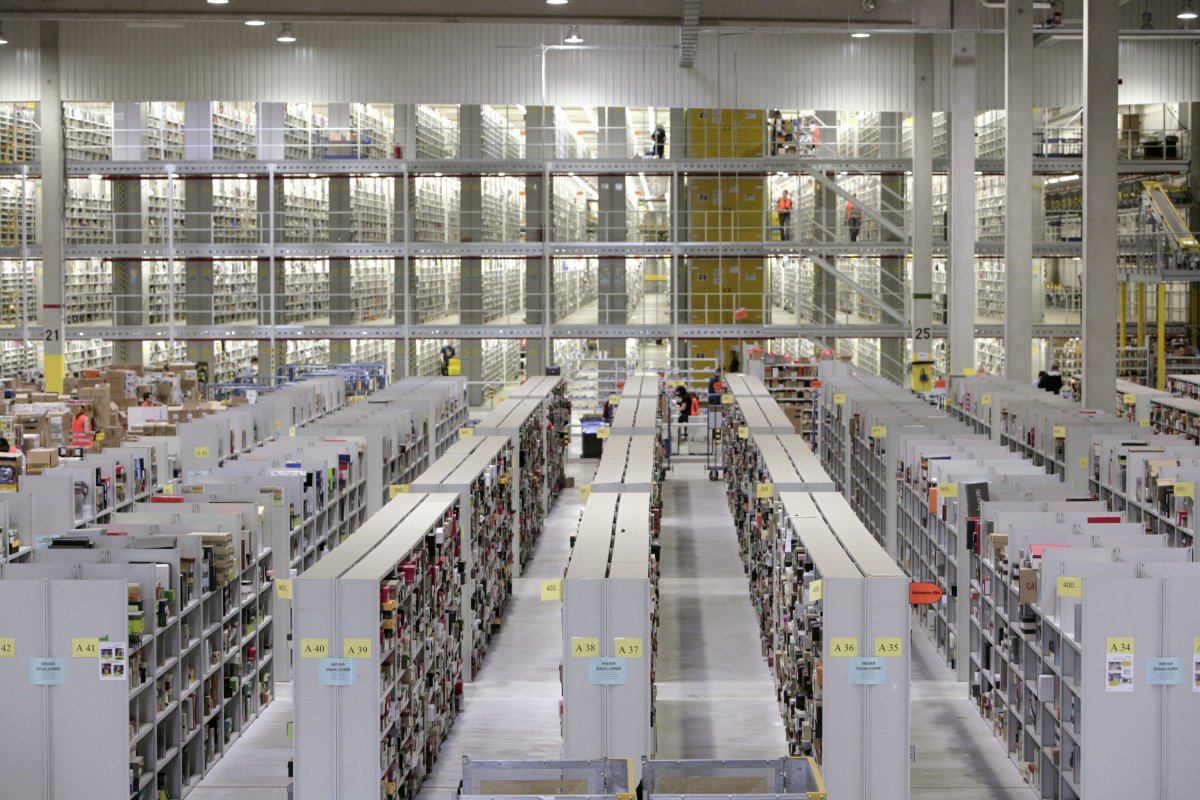As the founder of one of the country’s most successful online retailers in optical wear company Coastal Contacts, Roger Hardy has a sharp eye for what the future holds for selling stuff.

What Hardy’s eyes see his hands have been busy building his business to capitalize on – a Canadian shopping landscape where online browsing and buying are the norm, where customers inspect and investigate what they want in showrooms before ordering on the web.
“The trend is definitely toward smaller retail stores, complimented by a direct distribution model” to service online orders, he says.
Hardy’s company, which owns the brand Clearly Contacts that most might be more familiar with, sold more than one million pairs of glasses last year – with just nine bricks-and-mortar shops. Annual sales are approaching a quarter of a billion dollars, while the fast-growing company listed last fall on the Nasdaq stock exchange in the United States.
Hardy is ahead of the curve. Way ahead.
Despite the digital tidal wave of web-tethered devices and doodads inundating consumers, online retailing, or e-commerce, in Canada continues to lag behind other countries.
Canadians may be among the most digitally-connected people on the planet, according to several studies, but online sales account for a paltry 3.4 per cent (or $18-billion) of all retail activity according to one.
That puts us miles behind Americans and Brits in our digital shopping habits. (Other reports put the percentage higher, but on net, Canada lags other countries by several percentage points at best.)
The study, from Boston Consulting Group on behalf of Google Inc., says e-commerce represents about 8 per cent in the U.S. market, and fully 12 per cent in the United Kingdom.
So why is the gulf so wide? There are a few reasons, but one standout is the high shipping costs Canadians get dinged with when buying online.
A report exploring why the country lags, produced last year by Industry Canada, the federal department that, in part, monitors the market place, said “transportation costs are placing Canadian e-commerce at a disadvantage.”
The study compared the cost of shipping a 6-lb. box from Toronto to Vancouver – a distance of 4,370 kilometres, using Canada Post’s Expresspost service with the cost of shipping the same parcel from New York to Los Angeles , which is a slightly longer distance using the US Postal Service priority mail service.
Both provide delivery on the second business day after the shipment. The winner? The U.S. shipment costs $11.30 while the Canadian shipment was $40.63, or 3.6 times more expensive.
Rates set by UPS and FedEx, which operate on both sides of the border, swing wildly in favour of the U.S. market, too, with U.S. e-commerce shoppers saving between 16 and 38 per cent more on routes of comparable distance.
Businesses love scale – when it’s bigger or packs more potential buyers, prices tend to fall. The same correlation exists between prices and higher competitive intensity between companies.
The U.S. market place has both in droves compared to Canada, which the government report pointed to last spring.
Clearlycontacts.ca has no real online competitor, or at least a Canadian-based one, Hardy is quick to point out, a reflection of the less robust online domestic market place compared to elsewhere.
Lack of choice and high prices has meant that those who have been shopping online have turned to U.S. e-retailers. Among the top five industry leaders in the Canadian digital market place, according to researcher comScore, there isn’t a single Canadian firm present (though some have introduced Canadian e-tailing operations).
Amazon, Apple and eBay-owned Kijiji represent the top three sources for Canadians to get goods online, followed by Best Buy and Walmart—which only began selling online in Canada a year and a half ago.
Anything shipped to a Canadian address from the United States also carries with it higher costs than if the order was picked up south of the border, creating the same kind disincentives to online shopping habits.
“Part of why Canada has lagged is because we order from the U.S., and it gets held up at the border, and there’s duty and there’s more tax,” Hardy explains. “It’s not a great experience.”
Big retailers in Canada haven’t been nearly as aggressive as their U.S. counterparts in opening digital storefronts, analysts say, meaning that supply chains are still focused on stocking stores with inventory, not for direct delivery to customers.
But that appears to at last be changing. Walmart Canada opened up its Canadian site to online sales 18 months ago and has seen monthly traffic and orders log double-digit gains since. The introduction of Target (which doesn’t allow Canadian customers to shop online at its website) could pressure competitors to push more aggressively into e-commerce sales to beef up their customer experience and value proposition to shoppers.
Hudson’s Bay Co. says it’s readying to expand its e-tailing business to include high-end merchandise from newly acquired Saks – a move that will certainly apply pressure on rival Holt Renfrew to begin selling at least some items online to match what HBC is doing.




Comments